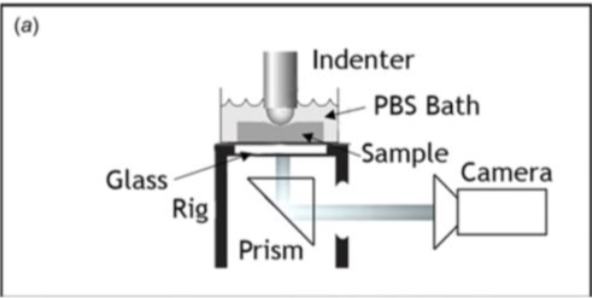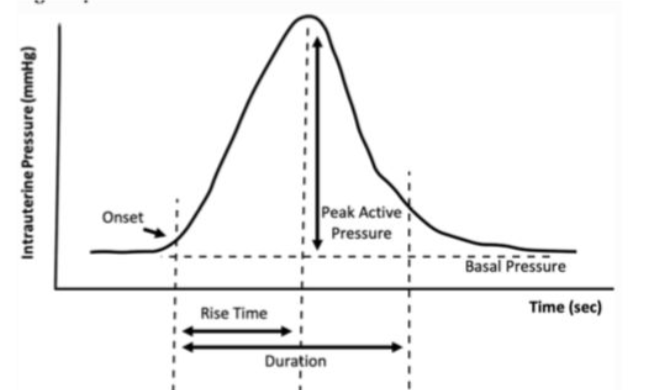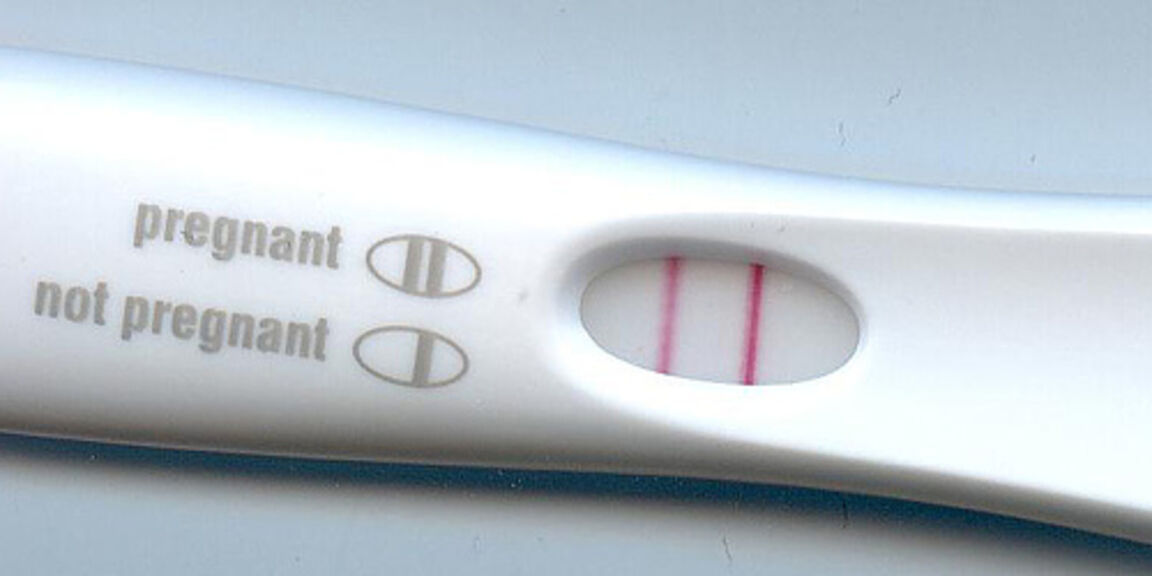Pregnancy and childbirth are two of the biological processes that tie all of us together, and anyone can see the beauty in how we as humans are created. Unfortunately, oftentimes these can be arduous processes as many complications that create risks are common across the board.
Perhaps one of the most common is premature births, about one in ten children are born prematurely in the US according to CDC statistics. Surprisingly, until recently much of the knowledge we have on how these processes work mechanically is rooted in research from the 1940’s. Some biomedical researchers today are working to change that, and propose that biomechanical modeling of the cervix will allow us to predict when premature births or other complications may arise so that we can start to work towards preventing them from happening.
Role of the Cervix in Pregnancy
Before we can discuss some of the research that is going on today, first it is important to lay out why the cervix is being focused on in the mechanical world. The cervix is a cylindrical shaped neck of tissue, and is the lowermost portion of the uterus. It connects the uterus to the birth canal, and throughout pregnancy all the way through to childbirth it protects the fetus by growing in size and strength. Due to its diverse roles, to hold up the fetus in gestation and deform so that the infant can pass through to the birth canal, it is a mechanically complex tissue. Therefore, it is a difficult task to both characterize the properties of the material and understand what forces it undergoes during pregnancy and birth. These are the main areas where biomedical researchers are looking to learn more and work towards that goal of premature birth prevention.
Material Characterization
One of the leaders of this field today, Kristen Meyers, is doing research to characterize the material so we can begin to understand its structure and why it behaves how it does throughout the reproductive processes. One experiment she conducted was an indentation test. Meyers and her team obtained samples of cervical tissue from 7 different women and placed them under an indenter, and measured the change in displacement at the point where the samples were pressed. Using these measurements, they were able to do mathematical modeling to get some real results, such as certain material properties like the stiffness of the tissue. This type of research is just the first step in the right direction, as the scope of the experiment was small by using samples from 7 women and the mathematical models were not perfect.

The Forces Involved
The two main forces involved in childbirth that impact the cervix are uterine and maternal forces. Uterine forces are also known as “myometrium forces”, which are induced by the middle layer of the wall of the uterus, and these forces act to dilate or open up the cervix during labor. These forces act by both pulling the cervix up past the head of the fetus and transferring force at a point in the uterus called the fundus through the fetus’ body to the cervix. Maternal forces are those induced by a mother “pushing”. Some research has found that when mothers push, the pressure within the uterus increases, and also first time mothers experience a higher pressure. This has led to the interpretation that the cervical tissues soften during birth, which would explain why mothers that have had children before experience a lower uterine pressure.

A Look to the Future
Because it is a relatively new idea to study the mechanics of the cervix, there is still much to be done in the future. As mentioned earlier, widening the scope of experiments will allow us to more accurately model the cervix. This will involve larger experiments involving a more diverse group of women. Hopefully then we can work towards predicting why premature births happen so that pregnancies can become less risky for everyone involved.
Featured image resized from Pregnancy-test by TipsTimesAdmin licensed under CC BY-NC 2.0.
